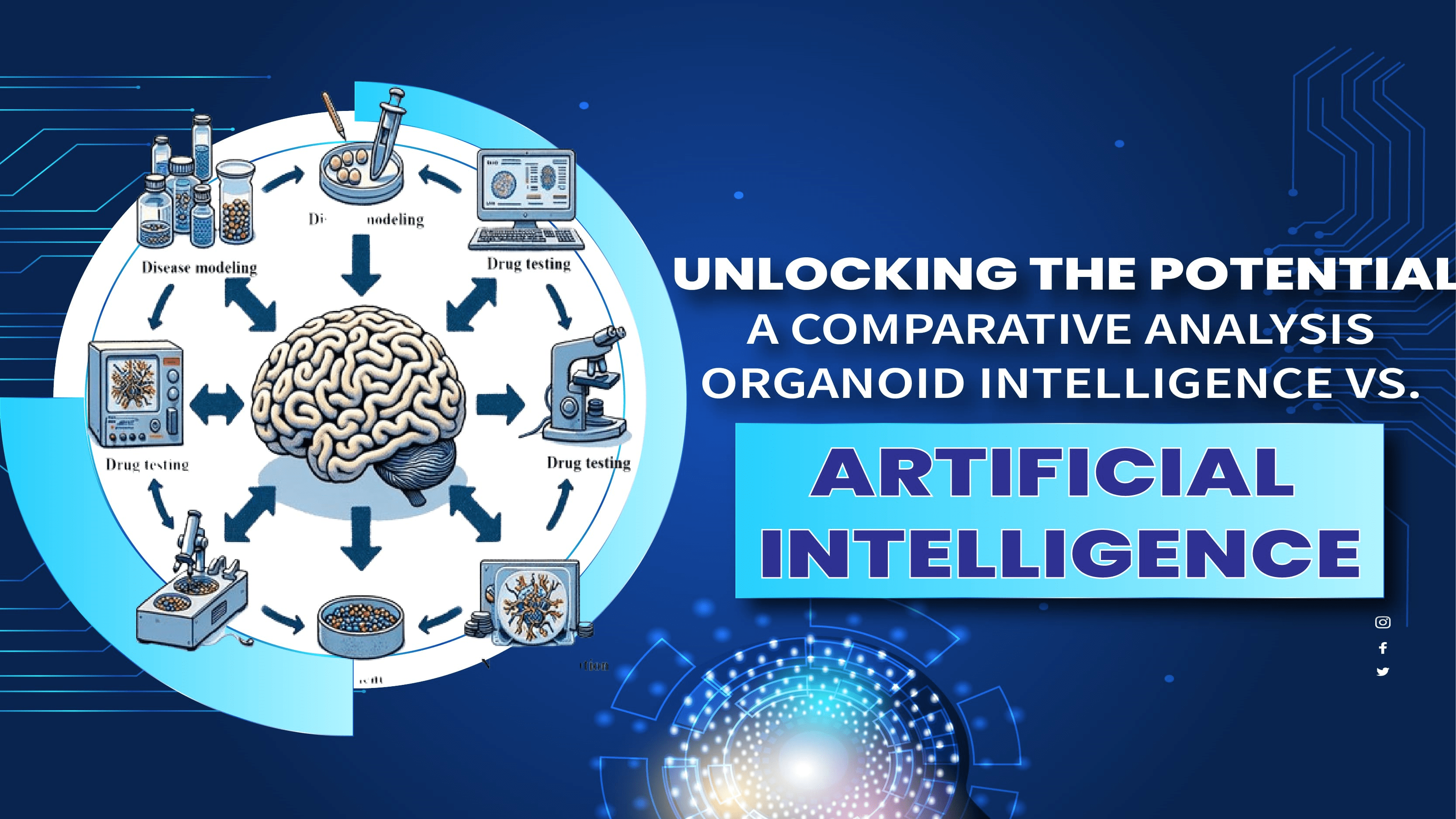Fraud can be defined as the act of providing false information with the purpose of contributing to the profit or gain of the individual who is engaging in fraud. This may imply the omission of important details about a scenario, or the presentation of lies to a given individual. The motivation underlying the criminal intent is to gain resources or advantages that could not be attained lawfully. In most cases, the fraudsters employ an information disadvantage where the victim is in possession of some information that the fraudster is not. The actual high cost of strictly checking on the veracity of the facts can act as a plus to fraudsters by discouraging a more elaborate check on fraud.
There are many negative consequences of financial fraud: It has major negative impacts on victims as well as society as a whole. Starting with a retiree who lost all his life saving to a con man to an individual who has lost billions of shillings through Identity theft, fraud is a nightmare that should not be wished for, Corporate fraud can negatively impact whole industries, specifically by undermining confidence within the financial sector and leading to business failures. Indeed, the consequences of fraud are astonishing and as they dismantle the sense of safety, they strengthen people’s distrust.
History of Financial Fraud
Over the years, financial fraud has remained a difficult strain for financial institutions and individual whom the fraud is executed on, to deal with, since it creates a sense of distrust among the public as well as the economy. It presents the transition from historical forms of work to the modern schemes: from the work of art that became the Schemes to the large-scale Ponzi structures, leaving once again the question about the clash between individual genius and the principles of business.
However, the advancement in the throw-away culture of technology and intermeshed financial networks have especially changed the face of financial fraud. As the world becomes more connected through the use of the internet, the instance of cybercrime has risen, and people and institutions are being targeted by sophisticated means. Luring individuals through emails, stealing their identities, cooking up enormously complicated securities frauds, or even tricking them with cryptocurrency frauds – all of these are just some facets of the techniques adopted by contemporary fraudsters. Consequently, ever since the twenty-first century, the financial landscape is a constant war zone so to speak, wherein the adversary never ceases to change tactics, and thereby, calls for continuous investment in the defence structures and tactics in the form of security solutions that are capable of detecting and thwarting such deceits.
Different types of Financial Frauds
- Ponzi Scheme: - A Ponzi scheme is a scheme that attracts investors by promising high returns on their investment, with payments made out of the investors’ contributions rather than profits earned from legitimate business. Such a practice gives investors a hope of getting good returns from their investment in the short run as the company inflates its profits and earns a good reputation which appears to be highly profitable to investors. Communication usually takes time as references are made through friends, families and business associates as the initial investors show off their meaningful gains and motivate others to invest. However, such frauds are by their very nature unsustainable and can really only function in the short-term. This is because they rely on a steady supply of fresh participants in order to lure more and more to invest in their pyramids, and the moment the market is exhausted, they crumble. Finally, using the obtained funds, the scheme can cover its expenses needed to sustain the appearance of profitability and cease making payments, thereby revealing the scam.
However, there is a clear difference based on how they use new investor funds to sustain payouts This is the difference between the two. This pyramid scheme works base on the way fresh entrants are encouraged to enroll as many people as possible into the programs, which normally come with certain rewards that are proportional to the number of individuals one recruits. As for Banc de Binary’s scam, charges presented that it was a typical Ponzi scheme which does not necessarily involve the efforts of the current investors: the primary focus is on attracting new money.
- Identity Theft: - Identity theft may be briefly defined as a criminal act wherein one acquires the details of another person with the intention of using the information unlawfully. Some of the personal information that may be disclosed includes social security numbers, bank accounts, credit card number, and other sensitive details. Criminals then use the personal details harvested from the targets to perform acts of fraud like making purchases, identity theft, and even secure credit in the target’s name. The effects of identity theft are costly, financially and otherwise, where victims experience worst financial implications, lowered credit ratings, and tarnished image. Therefore, the protection of one’s own personal information and being aware of the attempts of identity theft, is very important for a contemporary society.
- Bank Fraud: - Bank fraud is a term used in law that refers to a multitude of offenses designed to perpetrate fraud against a bank or its services, or to use them as a tool for carrying out other unlawful activities. Perpetrators employ various techniques to achieve their goals, including: Accounting Fraud, Identity Grossing, Account Throttling & Prohibited Access. Bank fraud, as what characterized in this case, is a criminal offense that entails serious legal consequences. When people are found guilty of the offense, they might lose significant amounts of money or even be put behind bars besides losing their business licenses for institutions that engage in the scam. It is crucial to understand that cyber threats, including malware and ransomware, impose significant financial losses on both institutions and consumers, thereby stressing the significance of establishing sound security controls and frequently monitoring the advancements in this sphere in order to protect against it.
- Credit Card Fraud: - Credit card fraud is defined as any criminal act that is performed using a credit or debit card without the prior consent of the sufferer. These are activities meant for embezzling goods/services, or diverting funds to other accounts controlled by the culprits. Specifically, the Payment Card Industry Data Security Standard (PCI DSS) is a stringent set of rules adopted by the card payments industry to increase the security of transactions within the institutions that process and/or transmit these cards, thereby reducing the risk of credit card fraud.
Thieves seek to get unauthorized access to an individual’s credit card details for the purpose of performing fraudulent charges, transactions or, in some occasions, opening new credit card accounts. Some of the most frequently used surreptitious strategies are the so-called account- takeover frauds (based on the criminal’s obtaining access to existing accounts), new-account frauds (which involves using a stolen identity to open a new fraudulent account), physical card cloning, and cnps (that is card-not-present schemes that involve contexts where a physical card is not required to be used for making a transaction). Such access can be through scams such as phishing activities or equipped ATMs with skimming programs or even by users who unknowingly provide sensitive information.
- UPI Fraud: - Master these digital payments techniques through the offline payment system commonly referred to as UPI in India. But it has also brought new possibilities to the field of scammers in the form of UPI fraud. These are the various ways that scammers use to loot people and take advantage of weaknesses within the UPI environment. A standard modus operandi is to seek personal details such as the UPI PIN or any other forms of identification that would help confirm the user’s identity. This could therefore be used to compromise the bank accounts and perform unlawful activities including breaking into the accounts and making transactions when authorized by no one.
- Cryptocurrency Fraud: - The rise of cryptocurrencies has introduced exciting new investment opportunities but also attracted malicious actors seeking to exploit unsuspecting individuals. These cryptocurrency scams encompass a diverse range of deceptive tactics employed to steal digital assets from unsuspecting investors. Just as traditional financial criminals target bank accounts and credit cards, crypto scammers utilize various methods to misappropriate cryptocurrency holdings.
Understanding the common red flags associated with these scams and implementing robust security measures are crucial steps for protecting valuable cryptocurrency assets. Being aware of potential targeting methods and knowing how to identify suspicious communications related to cryptocurrencies empowers investors to make informed decisions and safeguard their digital holdings.
Annual Report on Fraud by the RBI
The Reserve Bank of India's (RBI) annual report for the financial year 2023-24 reveals a significant increase in the number of bank fraud cases compared to the previous year. There was a 166% year-on-year rise, with reported cases reaching 36,075, compared to 13,564 in FY23.
However, the report also highlights positive developments. The total value involved in these frauds declined by 46.7% year-on-year, reaching Rs 13,930 crore in FY23-24 compared to Rs 26,127 crore in FY23.
Key Observations from the Report
Bank Group-wise Analysis: The report identifies a trend where private sector banks experience a higher number of fraud cases, while public sector banks account for the majority of the total fraud value. This suggests potential differences in the types of fraud prevalent in each sector.
Predominant Fraud Categories: The report indicates that digital payment (card/internet) fraud constitutes the leading category by number of cases. Conversely, loan portfolio (advances) fraud remains the primary concern in terms of the total value involved.
Focus on Digital Frauds: The report emphasizes the prevalence of small value card/internet frauds in private sector banks. This highlights the growing need for robust security measures in the digital payments landscape.
Loan Portfolio Vulnerabilities: Public sector banks appear more susceptible to loan portfolio fraud, according to the report. This suggests a potential need for stricter loan origination and monitoring processes within these institutions.
Time Lag in Fraud Detection: A concerning finding highlighted in the report is the significant time delay between the occurrence of a fraud and its detection. This emphasizes the importance of implementing proactive fraud detection and prevention mechanisms.
The RBI's annual report provides valuable insights into bank fraud trends in India. By understanding these patterns and vulnerabilities, financial institutions and regulatory bodies, along with a knowledgeable business coach in India, can work collaboratively to develop more effective strategies for mitigating fraud risks and safeguarding the financial system.























